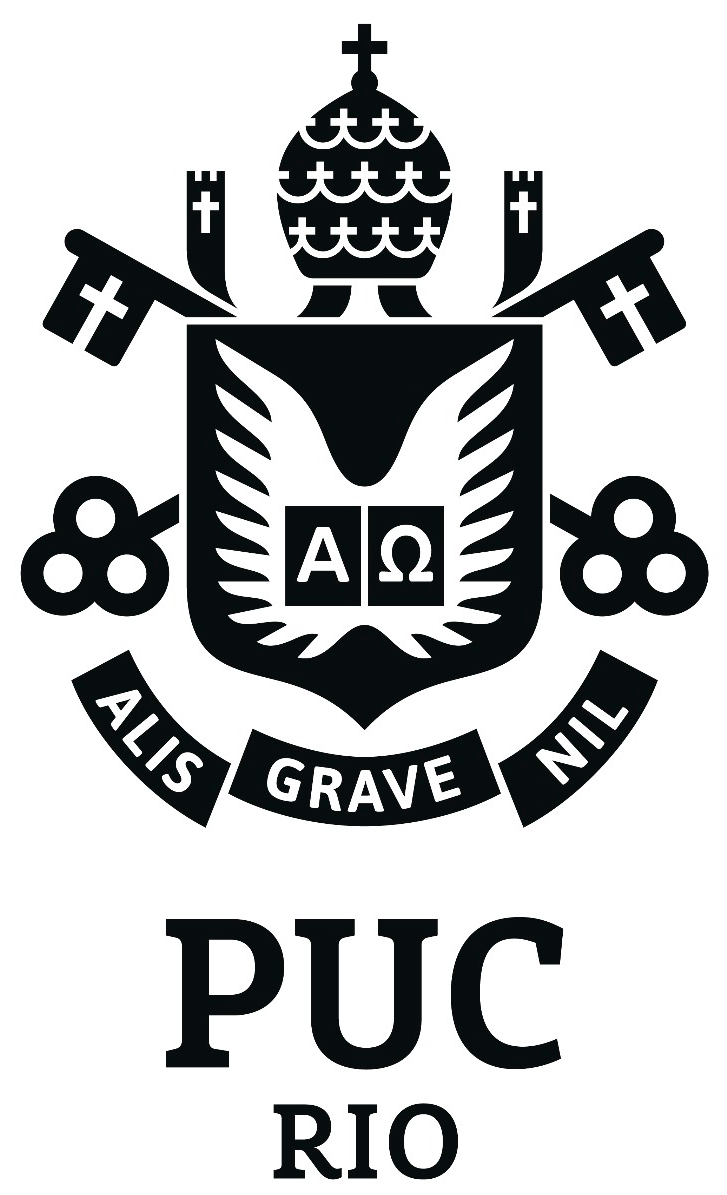Macroeconomic and regulatory drivers of CIP deviations
Advisor: Márcio Garcia
Examiners: Eduardo Zilberman, Bernardo Vasconcellos Guimarães.Covered Interest Parity deviations (CIP) have been large and persistent among G10 currencies since the global financial crisis in 2008. One of the explanations for the CIP condition breakdown are the new banking regulations that arose in the post-crisis period. On the other hand, CIP deviations for the Brazilian economy have been associated with the EMBI+ index, which is a measure of country risk, as in Garcia and Didier (2003). Building on the recent literature on Covered Interest Parity deviations (i.e, the currency basis) among G10 currencies, I show the recent evolution of the cross-currency basis for the G10 economies, during the 2020 pandemic crisis, and then I study the macroeconomic and regulatory drivers of the Brazilian currency basis. Using the regression approach of Cerutti et al (2021), I find that the FX bid-ask spread has a prominent effect on the real/dollar basis. Using a difference-in-differences approach, I find that the Brazilian currency basis rises at quarter-ends, which is the period when forward contracts appear on banks’ balance sheets. This points to a causal effect of banking regulation on the currency basis, in line with Du, Tepper and Verdelhan (2018).
See also
Monetary Policy and Housing in HANK
09/05/2025
Marcos Kiehl Sonnervig
A stochastic simulation/calibration of the cash flows between FAT and BNDES Better understanding the cash flow projections for the fund
05/05/2025
Tiago Cytryn Collett Solberg
Domestic and External Shocks in the Brazilian Business Cycle
28/04/2025
Yvan Becard

